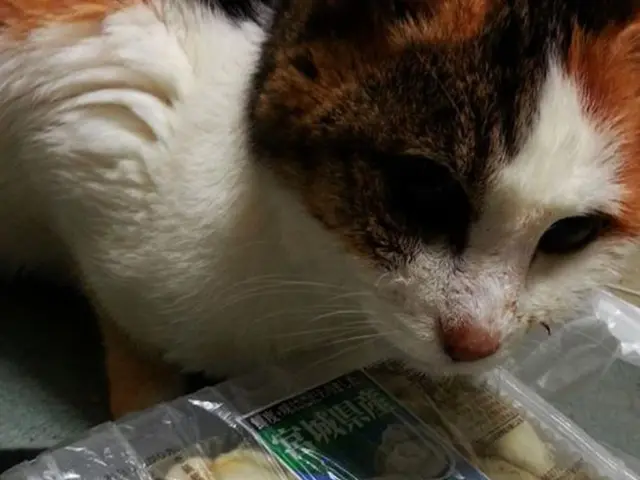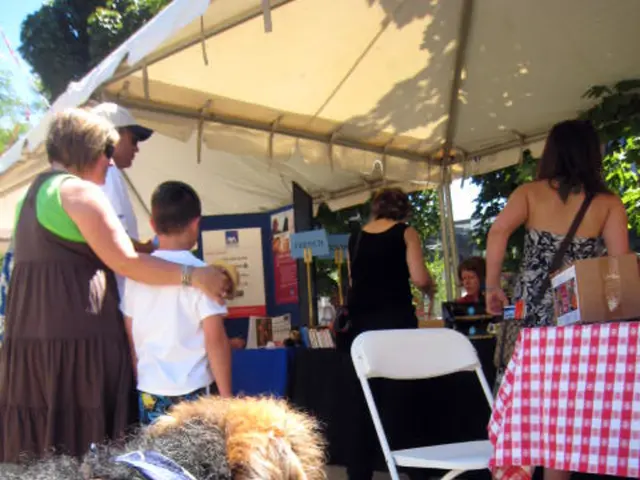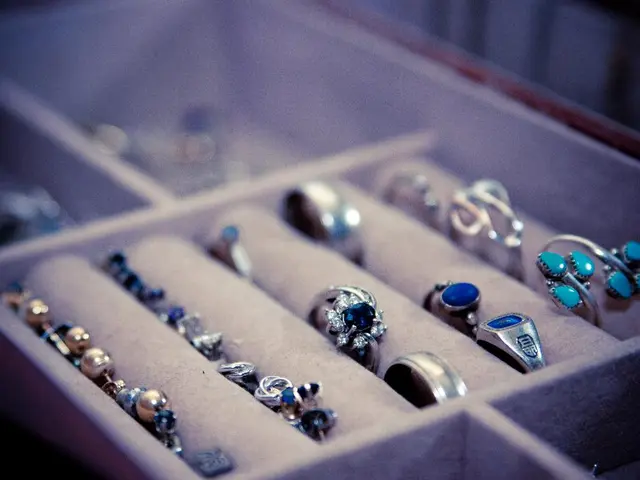Unraveling the Mystery of a Cat's Paw Dance: Kneading Explored
Feline Kneading: Unraveling the Age-Old Reason Behind Their Repeated Patting Habit
Ever wondered what that adorable, seemingly random paw-beating routine your cat goes through is all about? You're not alone. The rhythmic pressing and releasing of a cat's paws on a soft surface, often referred to as 'kneading,' is a behavior steeped in feline history and a glimpse into their secret world. Let's dive into the fascinating origins of this peculiar feline quirk and get closer to our beloved pets.
First, picture your cat. Paws dancing back and forth, a rhythmic pattern of pressing and releasing against a soft blanket or your lap. It's like they're kneading a fresh loaf of bread, or rather, reconnecting with the past.
"Back to Basics: Kneading Roots in Early Cat Development"
Kneading is an instinct that kittens learn from the moment they're born. As newborns, they instinctively paw at their mother's belly, stimulating milk flow. This action is similar to the kneading motion performed by bakers and is key to their survival during the first few critical weeks of life [1].
As they grow, the need to nurse diminishes, but the instinct to knead doesn't. In fact, adult cats continue to knead well into their maturity. But why does this hold on to past habits persist? The answer lies in the link between kneading and comfort.
"Comfort Conundrum: A Connection to Yesteryears"
As cats develop, the purpose of kneading shifts from feeding to seeking comfort. It's a remnant of their early days, a nod to the safe haven provided by their mother. When adult cats knead, they're recreating that sense of security and warmth.
This behavior is often seen when cats are feeling particularly content, such as when they're snuggled up on their favorite blanket or while you're giving them a good scratch behind the ears. It's akin to their attempt to replicate the comforting embrace of their mother [1].
Interestingly, cats in the wild, such as lions and tigers, are also known to knead when they're comfortable or marking their territory [2]. This suggests that kneading is an instinctive behavior that transcends the divide between domestic and wild cats.
"Territory Talk: The Silent Communicationchannel"
While comfort is a significant factor, there's another intriguing layer to this behavior: kneading could be a form of territory marking. Cats have scent glands in their paws, and when they knead, they release their unique scent onto the surface. This helps establish boundaries and serves as a form of communication with other cats [2].
This scent-marking behavior is crucial for cats in the wild, where they use scent to identify one another and establish social hierarchies. It's no wonder that domesticated cats retain this instinct, and they might knead on surfaces they consider their possessions, like the favorite chair or, yes, even you! If your cat kneads on your lap, they're essentially marking you as their own [2].
"Bonding Bonanza: A Sneaky Show of Affection"
Another reason your cat might knead is because it's a way of bonding. Cats often knead when they feel a strong emotional bond with their human companions or other animals in the household. Picture it like a feline hug, without the awkwardness.
Research has shown that cats who knead more frequently also develop stronger social bonds with their human caretakers [3]. This behavior is a way for cats to display trust and affection, not just towards the soft object they're kneading, but also towards the person they associate with it.
Some cats will even knead on other animals, especially if they've grown up in multi-pet households. This helps them build closer relationships with other cats and share comfort [1].
"Change of Tune: What if Your Cat Stops Kneading?"
If your cat stops kneading, it could be a sign of stress or a shift in their environment. Cats are attached to their routines, and any disruptions can lead to changes in their behavior, including a sudden halt in kneading [1].
However, it's important to note that not all cats knead, and that's perfectly normal. Each cat is unique, and they express affection and comfort differently [1].
"Health Hints: Kneading as a Sign of Discomfort?"
While kneading is generally a positive behavior, excessive or abnormal kneading might be a sign of discomfort or pain. If your cat starts kneading excessively or shows other signs of distress, like limping or avoiding touch, it's essential to consult a veterinarian [4].
"Affectionate Actions: Kneading as a Show of Love"
Ultimately, kneading is a charming behavior that reflects a cat's comfort, trust, and affection towards their environment and the people in it. It's an instinctual act that connects them to their roots and serves as a heartfelt expression of love.
Next time your cat starts kneading on you, remember—they're not making a loaf of bread. Instead, they're creating a warm, cozy space, expressing their love for you in their unique feline language.
Sources:
- University of Minnesota. (2018, January 16). Why do cats knead? [Press release]. https://twin-cities.umn.edu/node/177853
- Royal Veterinary College. (2015, February 11). Cats use scent to mark territory: Study. Science Daily. https://www.sciencedaily.com/releases/2015/02/150211104938.htm
- McComb, K. (2013, October 7). The meaning behind those pawing motions. The New York Times. https://www.nytimes.com/2013/10/07/science/why-do-cats-knead- neigh-a-feline-grooming-move-offers-answers.html
- Cornell University College of Veterinary Medicine. (n.d.). Feline behavior and body language. https://www.vet.cornell.edu/departments-centers-and-institutes/cornell-feline-health-center/health-information/feline-behavior-and-body-language
"While cats may knead on various surfaces, such as blankets or their owners' laps, this behavior is also seen in their wild counterparts, like lions and tigers, suggesting that it's an instinctive action that spans both domestic and wild cats."
"Kneading isn't solely limited to comfort seeking; it could also function as a form of territory marking. Cats have scent glands in their paws, and when they knead, they release their unique scent onto the surface, helping to establish boundaries and communicate with other cats."








